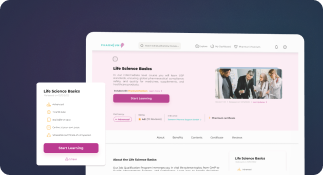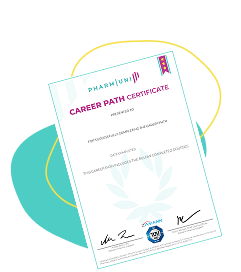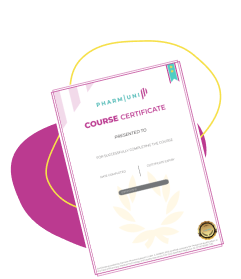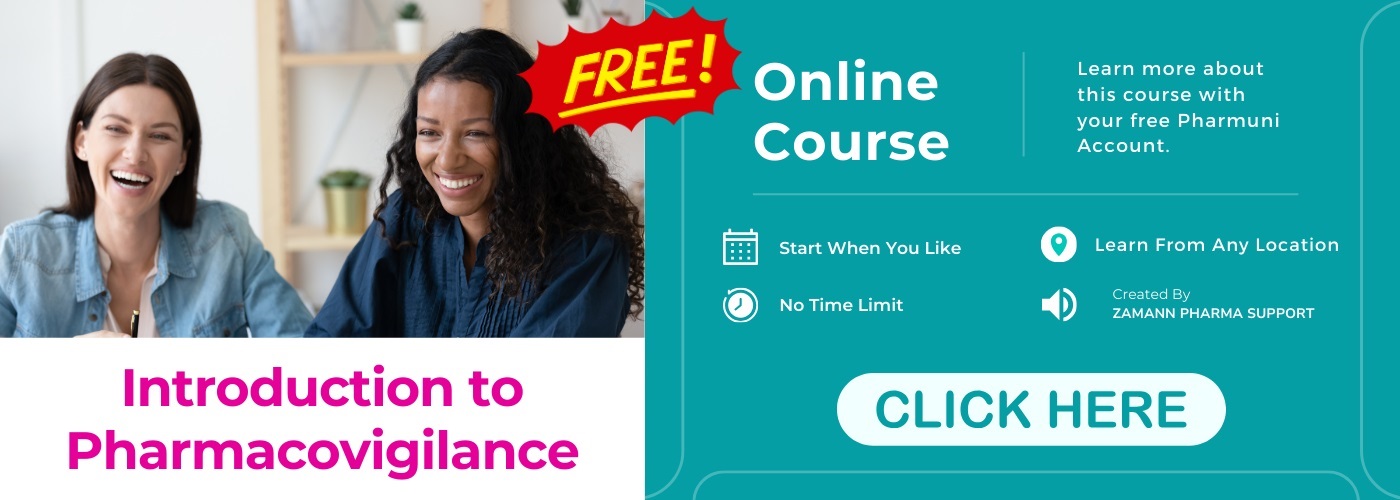Good pharmacovigilance practices (GVP) are essential in the pharmaceutical industry, as they safeguard public health by monitoring drug safety and managing adverse effects. With strict regulatory standards, pharmacovigilance plays a vital role in protecting patients from potential drugrelated risks and ensuring that medications on the market are both effective and safe.
This article will explore essential aspects of GVP in the pharmaceutical industry, including the frameworks for implementing good pharmacovigilance, risk management strategies, key functions, and the significance of continual improvement. For pharmaceutical professionals, understanding and implementing these practices is crucial to maintaining high safety and efficacy standards.
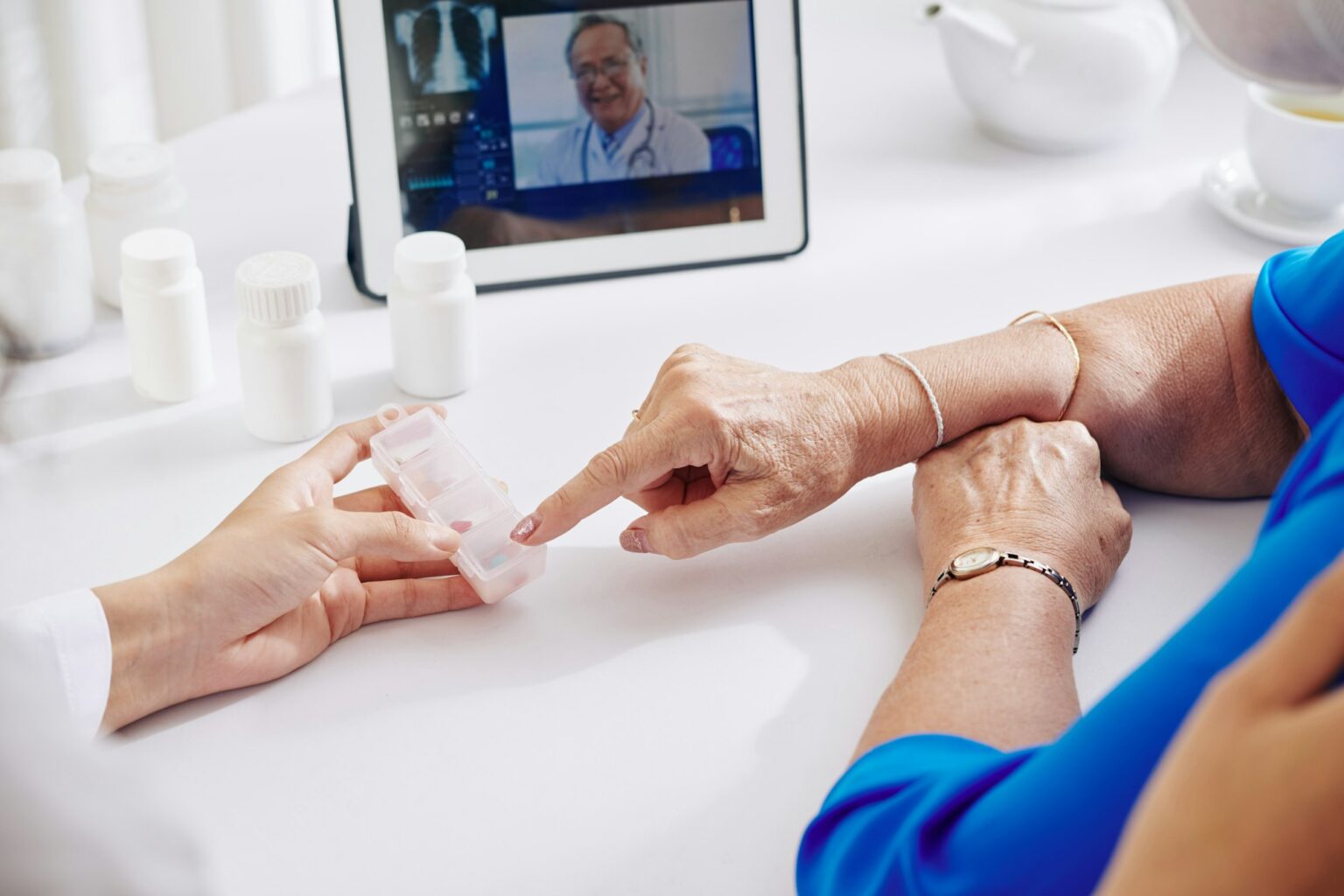
Understanding Good Pharmacovigilance
Good pharmacovigilance practices (GVP) ensure safety for every pharmaceutical product on the market. Without GVP, drugs can cause adverse effects, risking patient safety and harming a company’s reputation. These practices consist of guidelines that help detect, report, and manage adverse drug reactions throughout a product’s lifecycle. Companies follow these guidelines to monitor drugs from development to post-market stages, focusing on minimizing potential risks. With GVP in place, pharmaceutical companies create a safer environment for patients, who rely on the effectiveness and safety of their prescribed treatments.
Pharmaceutical companies must establish a robust system to collect and analyze safety data in real-time. This system includes tracking patient feedback, monitoring clinical trials, and gathering reports of side effects. GVP also requires collaboration with regulatory authorities to report drug issues accurately and promptly. By working together, companies and regulators build a reliable safety network that patients and healthcare professionals can trust. This approach strengthens industry standards, ensuring every product meets strict safety requirements. In turn, GVP fosters a culture of transparency, setting a benchmark for the entire pharmaceutical sector.
Sign up for Introduction to Pharmacovigilance Free Course
Key Components of Good Pharmacovigilance
Adverse Event Reporting
Prompt reporting of any adverse events is crucial in identifying potential risks. Pharmacovigilance systems must have a streamlined process for collecting and analyzing adverse reaction data from patients and healthcare professionals.
Risk Management Plans (RMPs)
RMPs outline the potential risks associated with a drug and propose strategies to mitigate them. Effective risk management allows for betterprepared responses if unexpected side effects occur.
Signal Detection and Analysis
This process involves recognizing signals of adverse effects before they become widespread issues. Regularly analyzing safety data allows companies to act swiftly and prevent harm.
Safety Data Collection
A wellorganized method of data collection ensures that all safety information is reliable and comprehensive. This data comes from clinical trials, spontaneous reports, and literature reviews.
Periodic Safety Update Reports (PSURs)
PSURs are mandatory reports submitted to regulatory agencies to summarize a product’s safety profile. They offer a periodic review of any adverse effects observed over a set timeframe.
Continuous Improvement Mechanisms
Pharmacovigilance systems should evolve over time by incorporating lessons learned from past cases. Continuous improvement ensures that companies stay updated with the latest regulatory requirements.
Benefits of Good Pharmacovigilance in Pharmaceutical Industry
Preventing Adverse Drug Reactions
Effective pharmacovigilance keeps patients safe by preventing adverse drug reactions (ADRs) from spreading widely. Through vigilant monitoring, pharmaceutical companies can quickly identify early signs of adverse reactions. Once they detect potential issues, they can act immediately to minimize harm, protecting patient well-being. This proactive approach allows companies to address risks before they impact more patients, promoting safer healthcare outcomes. By staying alert and responsive, pharmacovigilance teams ensure that treatments remain both safe and reliable, building a foundation of trust. Ultimately, this early action cultivates stronger patient confidence and positively impacts overall healthcare standards.
In addition, good pharmacovigilance practices (GVP) enhance global patient safety. Pharmaceutical companies closely review feedback from clinical trials, patient reports, and insights from healthcare providers. These valuable inputs keep companies updated on any new or emerging safety concerns. With each report analyzed, companies assess the risks and, when necessary, update safety guidelines to protect patients further. This level of care fortifies the industry’s commitment to delivering safe, effective medications.
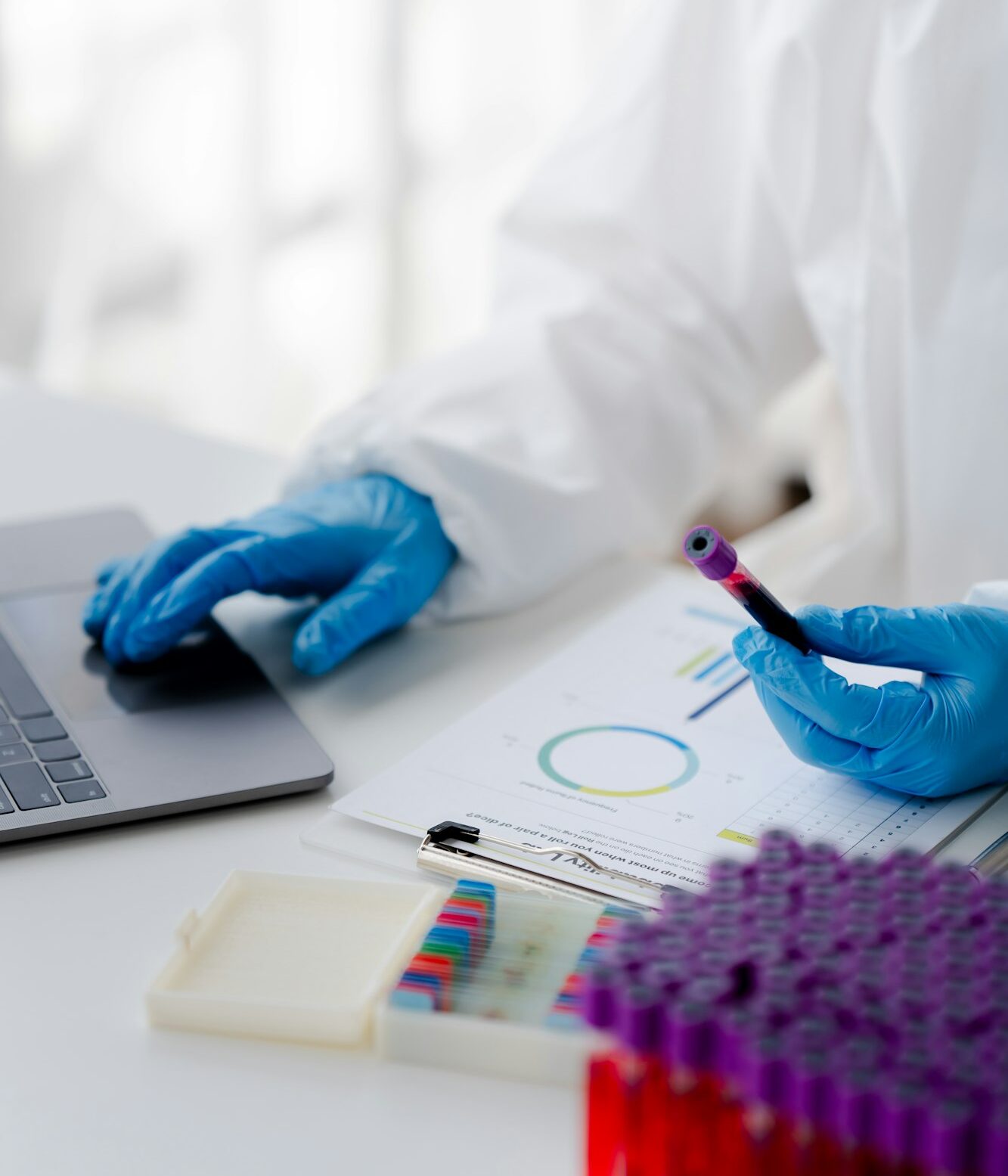

Maintaining Regulatory Compliance
Good pharmacovigilance practices (GVP) help pharmaceutical companies meet strict regulatory standards. Regulatory bodies like the FDA and EMA expect companies to prioritize drug safety. When companies stay compliant, they protect themselves from serious penalties, such as fines and product recalls. These consequences can harm both a company’s finances and its reputation. By following GVP, pharmaceutical companies ensure their products align with all safety requirements. This focus on compliance safeguards not only patients but also the company’s long-term success.
Moreover, GVP creates a structured approach to meet and maintain these standards. Companies develop detailed systems to monitor and assess drug safety, ensuring continuous compliance. Through these systems, they can promptly address safety issues, preventing larger problems from developing. This proactive stance allows companies to build trust with regulators, healthcare professionals, and patients. When companies demonstrate a commitment to compliance, they reinforce public confidence in their products. Ultimately, GVP not only secures regulatory approval but also upholds high safety and quality standards for drugs worldwide.
Implementing Good Pharmacovigilance: A StepbyStep Guide
Establish a Pharmacovigilance System
Begin by creating a centralized pharmacovigilance system that can capture, process, and analyze adverse event data efficiently.
Develop Standard Operating Procedures (SOPs)
SOPs help standardize the pharmacovigilance process, ensuring that all team members follow a consistent approach to handling data and reporting.
Train Staff on Safety Reporting
Educate employees about the importance of adverse event reporting and provide clear instructions on how to submit information promptly.
Engage in Risk Management Planning
Implement RMPs to anticipate and control risks associated with each drug, providing a structured approach to managing safety concerns.
Conduct Routine Signal Detection
Regular signal detection practices allow for early identification of potential safety issues, enabling prompt action to prevent harm.
Challenges in Maintaining Good Pharmacovigilance
Resource Constraints
Building a strong pharmacovigilance system requires significant resources, posing challenges for many companies. Implementing good pharmacovigilance practices (GVP) demands funds for technology, skilled staff, and ongoing training. For some pharmaceutical companies, tight budgets make it difficult to sustain these activities. Limited resources can slow down data analysis, reducing a company’s ability to detect adverse drug reactions quickly. When companies struggle to analyze data efficiently, patient safety may be at risk. Therefore, resource management becomes essential to maintaining a robust pharmacovigilance system.
To overcome these resource challenges, companies need careful planning and smart allocation. First, they should prioritize key areas within their pharmacovigilance system that require immediate attention. For example, investing in data analysis tools can improve the speed and accuracy of safety monitoring. Additionally, companies can consider partnerships or outsourcing options to support pharmacovigilance activities. By optimizing resources, companies can maintain effective GVP without compromising on quality. Strategic resource allocation enables companies to protect patient safety while managing operational costs.
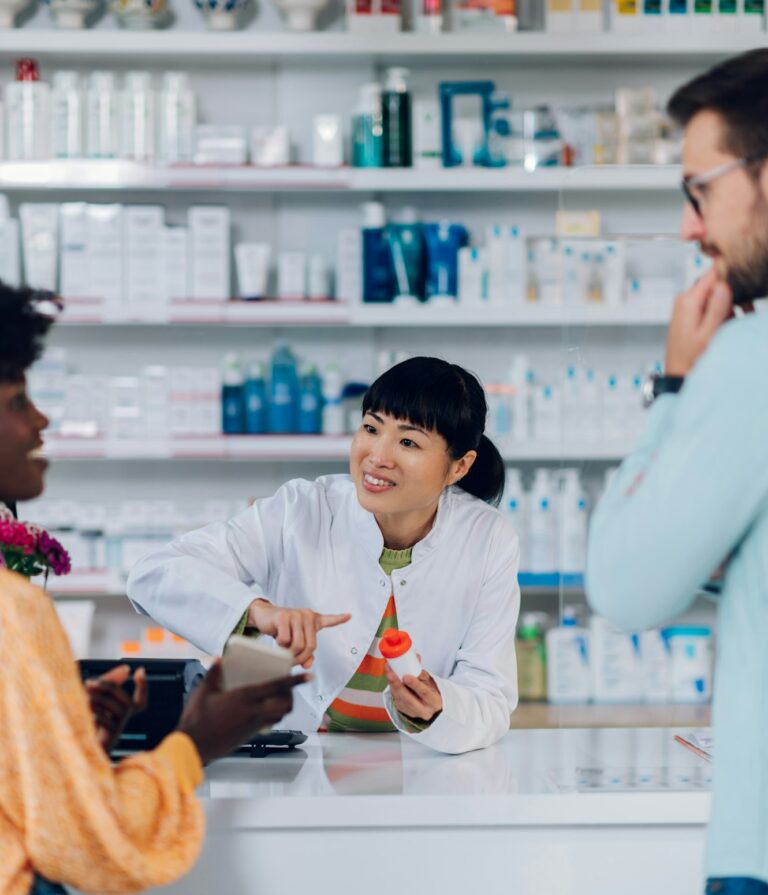
Regulatory Variations
Pharmaceutical companies face complex challenges when managing pharmacovigilance across different global markets. Each country enforces unique safety standards, creating a range of compliance requirements. As a result, companies often juggle multiple, region-specific reporting processes to meet these standards. Navigating these variations demands time, effort, and careful attention to detail. Without a clear approach, staying compliant in all markets becomes difficult and costly. For companies with products in many regions, this challenge is even more pronounced.
To streamline their processes, companies strive to harmonize these diverse regulatory requirements. Harmonization involves creating a unified strategy that satisfies various international frameworks. Achieving this requires a deep understanding of each market’s regulations and clear communication with local authorities. When companies align their pharmacovigilance systems globally, they reduce complexity and improve efficiency. A streamlined approach allows them to act quickly on safety concerns, regardless of location. By simplifying compliance efforts, companies enhance patient safety and strengthen their global reputation.
The Future of Good Pharmacovigilance in the Pharmaceutical Industry
Advancements in technology and data analytics are revolutionizing pharmacovigilance practices, making them more robust and efficient. Now, with artificial intelligence (AI) and machine learning (ML), pharmaceutical companies can analyze massive datasets swiftly, identifying adverse effects at unprecedented speeds. These technologies allow companies to uncover patterns and detect potential risks earlier than ever before. Additionally, predictive analytics tools empower companies to anticipate future safety concerns, taking preventive actions that ensure safer products reach the market. As a result, technology-driven pharmacovigilance not only improves patient safety but also raises industry standards overall.
Moreover, with continuous innovations in pharmacovigilance, companies must remain agile, embracing these technologies to boost both safety and operational efficiency. By actively integrating these tools, pharmaceutical companies stay aligned with evolving regulatory requirements and, crucially, build stronger trust with patients and healthcare providers alike. Adopting advanced technologies also allows companies to demonstrate their commitment to safety, which reinforces their reputation in the marketplace. Ultimately, this adaptability fosters an environment of transparency and reliability, where patients feel confident in the safety of their treatments. With each technological leap, companies enhance their pharmacovigilance practices, paving the way for a safer, more accountable pharmaceutical industry.
Developing a Culture of Good Pharmacovigilance
Leadership Support
Strong leadership commitment to pharmacovigilance practices sets a positive example. Executives should emphasize the importance of GVP in company values and operations.
Employee Training Programs
Regular training sessions help staff understand pharmacovigilance processes and encourage proactive reporting of safety data.
Encourage Open Communication
Create an environment where employees feel comfortable reporting issues, knowing they will be addressed constructively.
Reward Adherence to Safety Standards
Recognize employees who uphold high pharmacovigilance standards, motivating others to follow suit.
Conclusion
Good pharmacovigilance practices (GVP) are indispensable for pharmaceutical companies aiming to protect patient safety and maintain regulatory compliance. These practices encompass various elements, including adverse event reporting, risk management, and periodic safety assessments. By following GVP, companies can prevent adverse reactions, improve communication with stakeholders, and support a culture of safety.
As the pharmaceutical industry evolves, staying updated with advancements in pharmacovigilance technology and methodology will be crucial for safeguarding public health. Pharmaceutical companies that prioritize GVP demonstrate a commitment to patient safety and trust, ensuring their products meet the highest standards of quality and efficacy.
References

Ershad Moradi
Ershad Moradi, a Content Marketing Specialist at Zamann Pharma Support, brings 6 years of experience in the pharmaceutical industry. Specializing in pharmaceutical and medical technologies, Ershad is currently focused on expanding his knowledge in marketing and improving communication in the field. Outside of work, Ershad enjoys reading and attending industry related networks to stay up-to-date on the latest advancements. With a passion for continuous learning and growth, Ershad is always looking for new opportunities to enhance his skills and contribute to pharmaceutical industry. Connect with Ershad on Facebook for more information.

CIOMS in Pharmacovigilance: A Complete 2025 Guide
CIOMS guidelines help pharmacovigilance teams report, assess, and share safety data consistently. They support clear case processing, signal detection, and periodic reporting across regions. Use CIOMS forms and standards to reduce errors, align with regulators, and improve patient safety decisions.
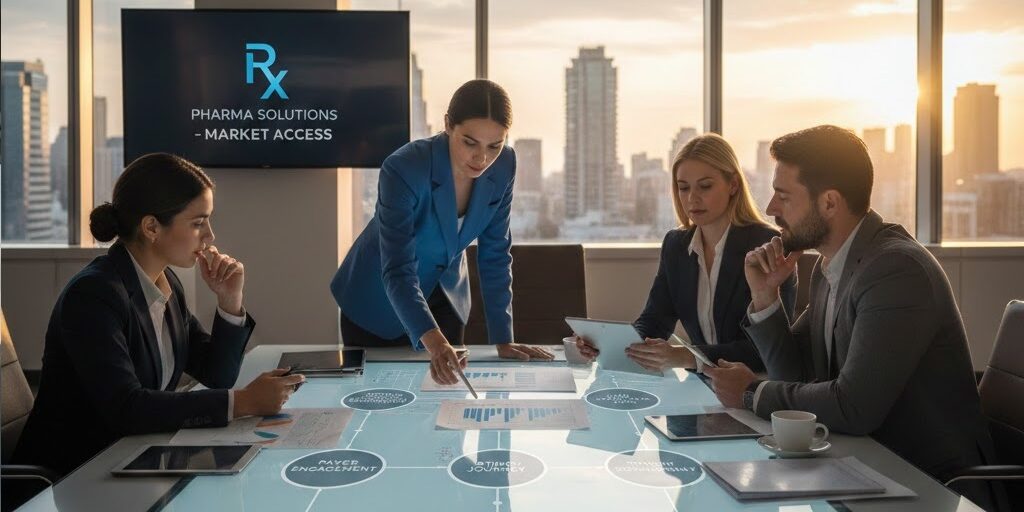
Market Access Pharma Courses: Skills, Frameworks & Real-World Applications (2025 Guide)
Market access decides whether patients can actually get a medicine. So, it blends value evidence, pricing logic, reimbursement, and stakeholder alignment. In this blog, you will learn the core market access skills, the main frameworks used in pharma, and how teams apply them in real launches. You will also see how HEOR, payer needs, and local policy rules shape access decisions. Finally, you will learn how structured Market Access Pharma Courses turn theory into practical, job-ready capability.
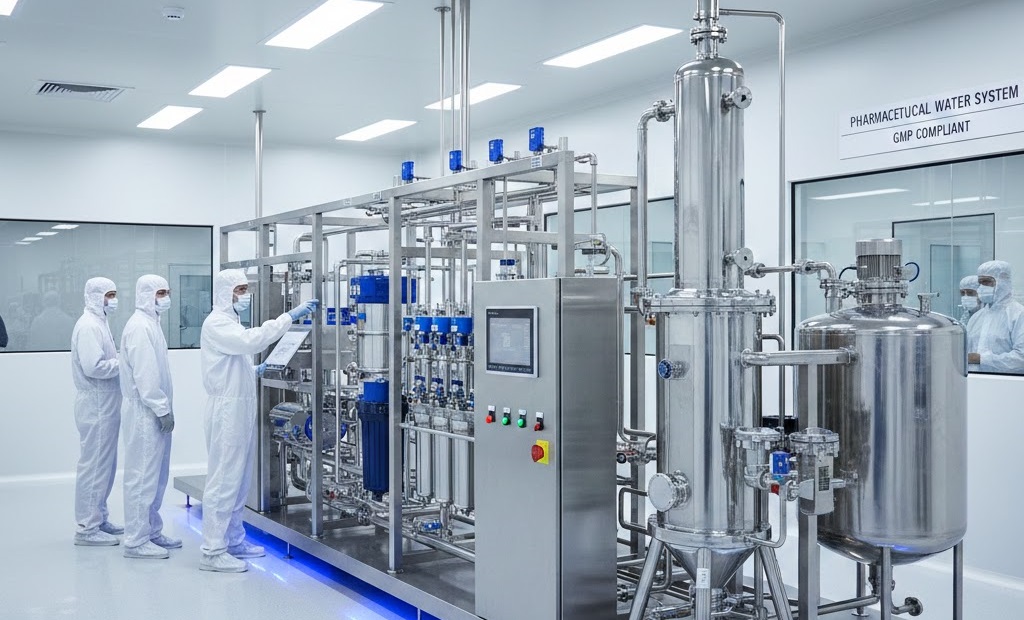
Pharmaceutical Water Validation: A Practical and Regulatory-Focused Guide in 2025
Learn how to validate pharmaceutical water systems with a clear, step-by-step approach. This guide covers Purified Water and WFI testing, from user requirements to sampling plans and acceptance limits. You will also learn how to run IQ, OQ, and PQ with strong documentation and traceable evidence.
